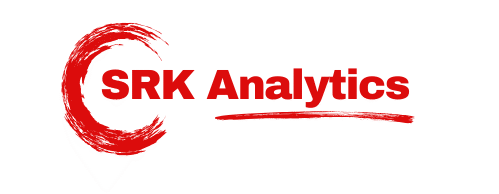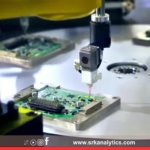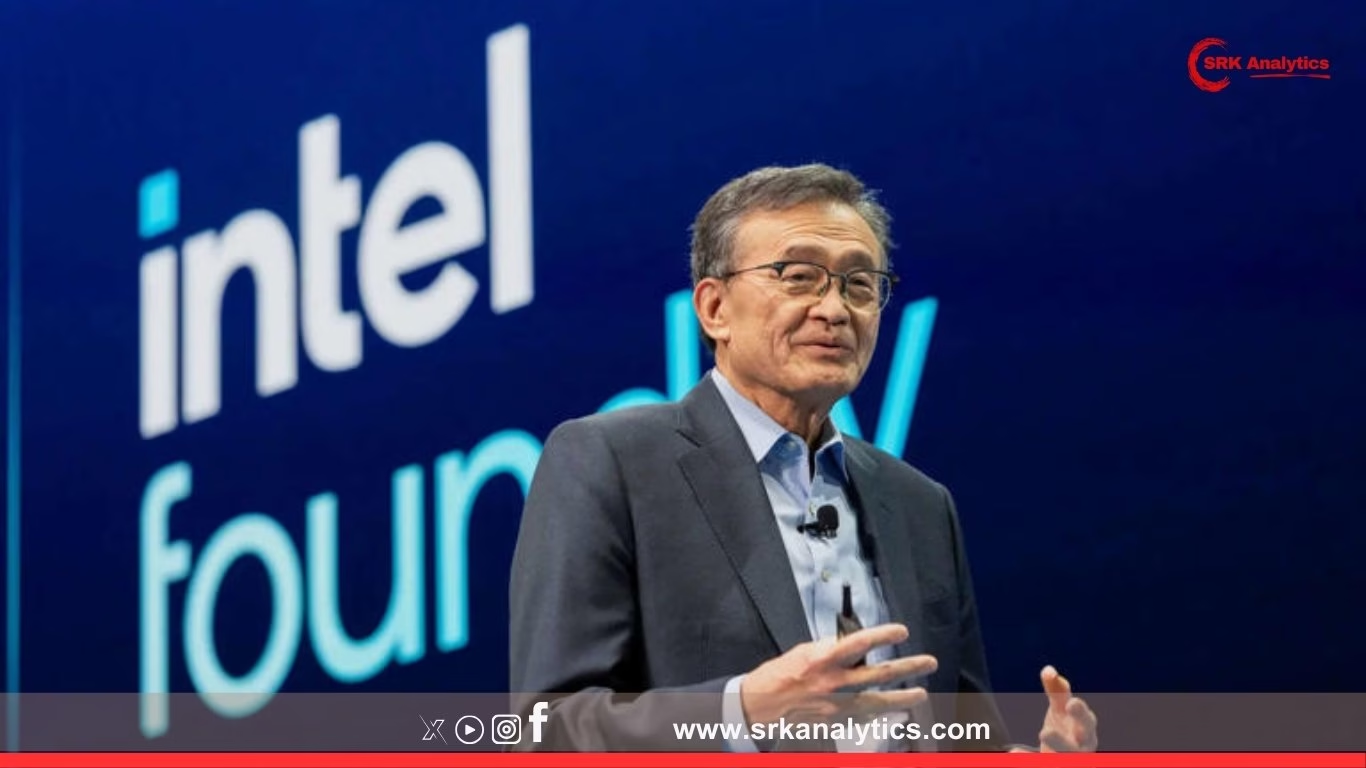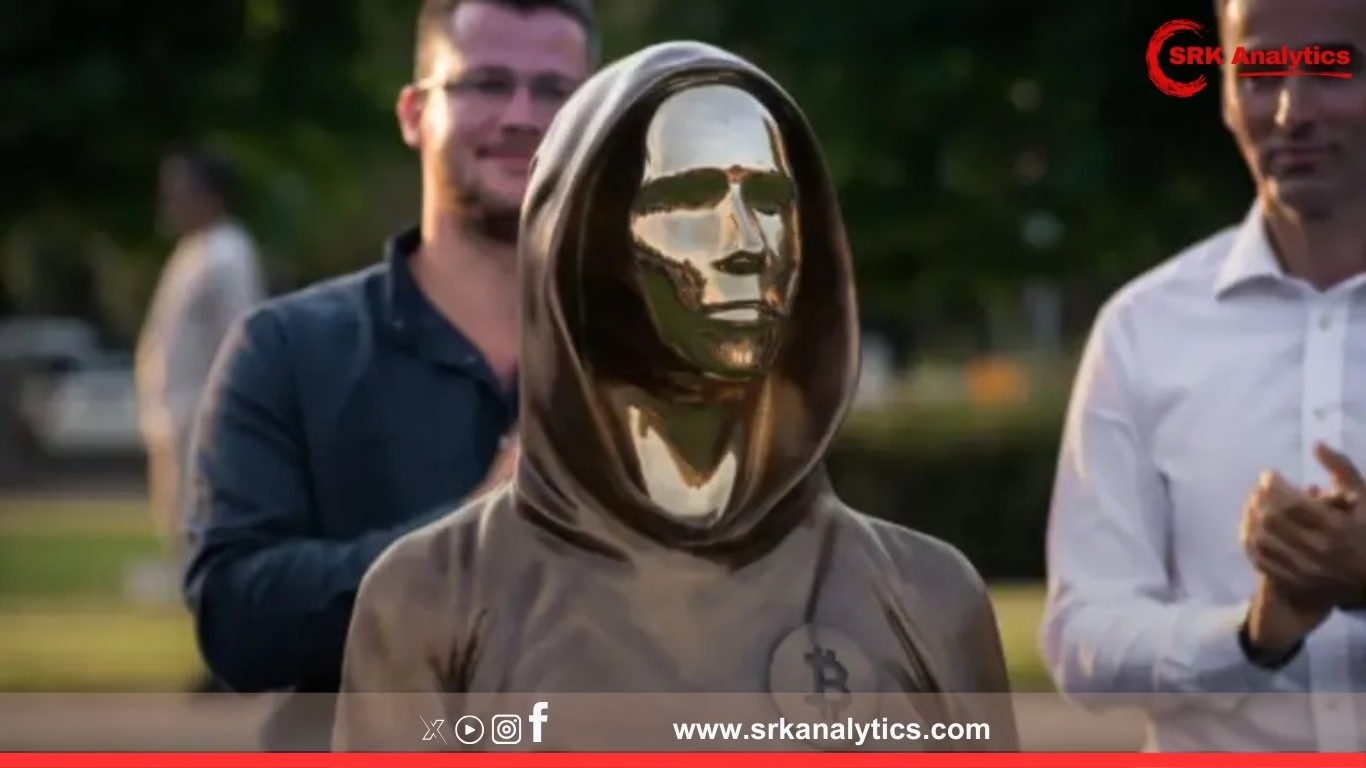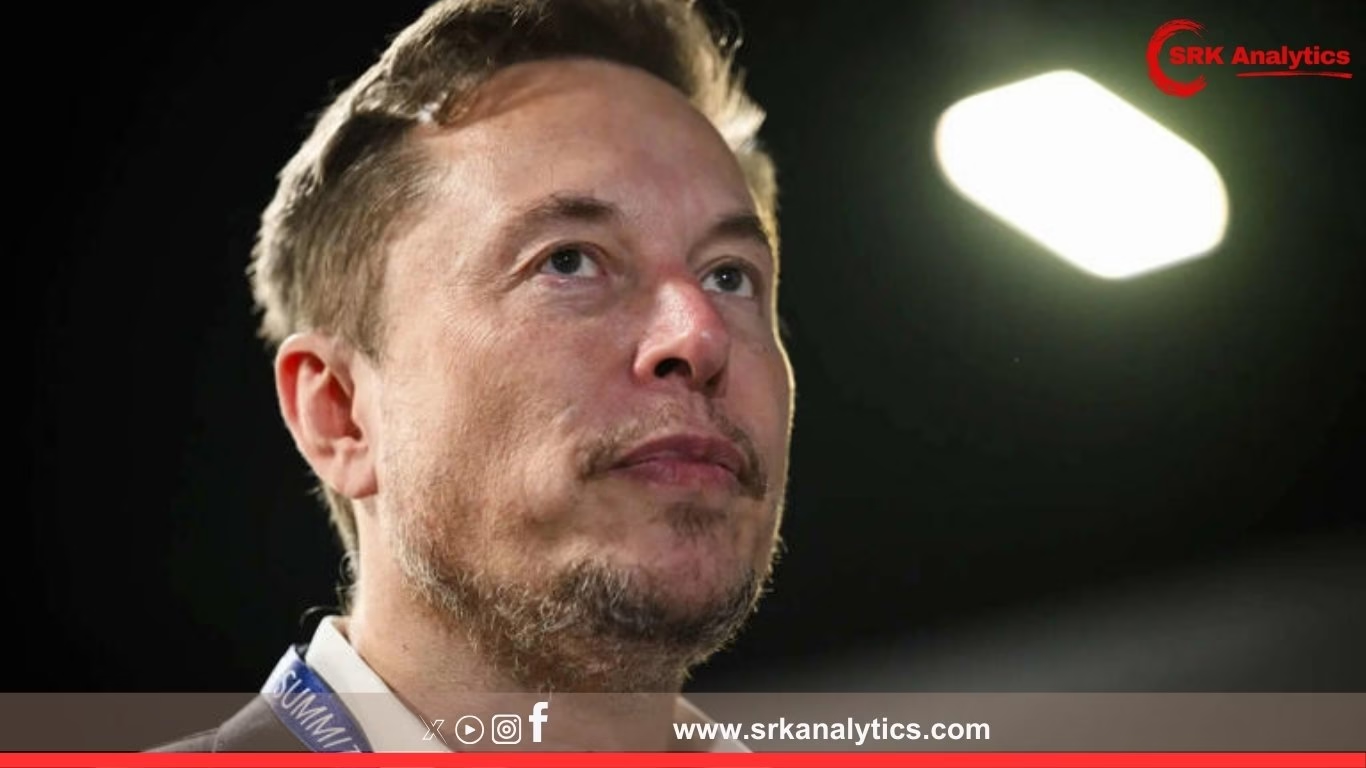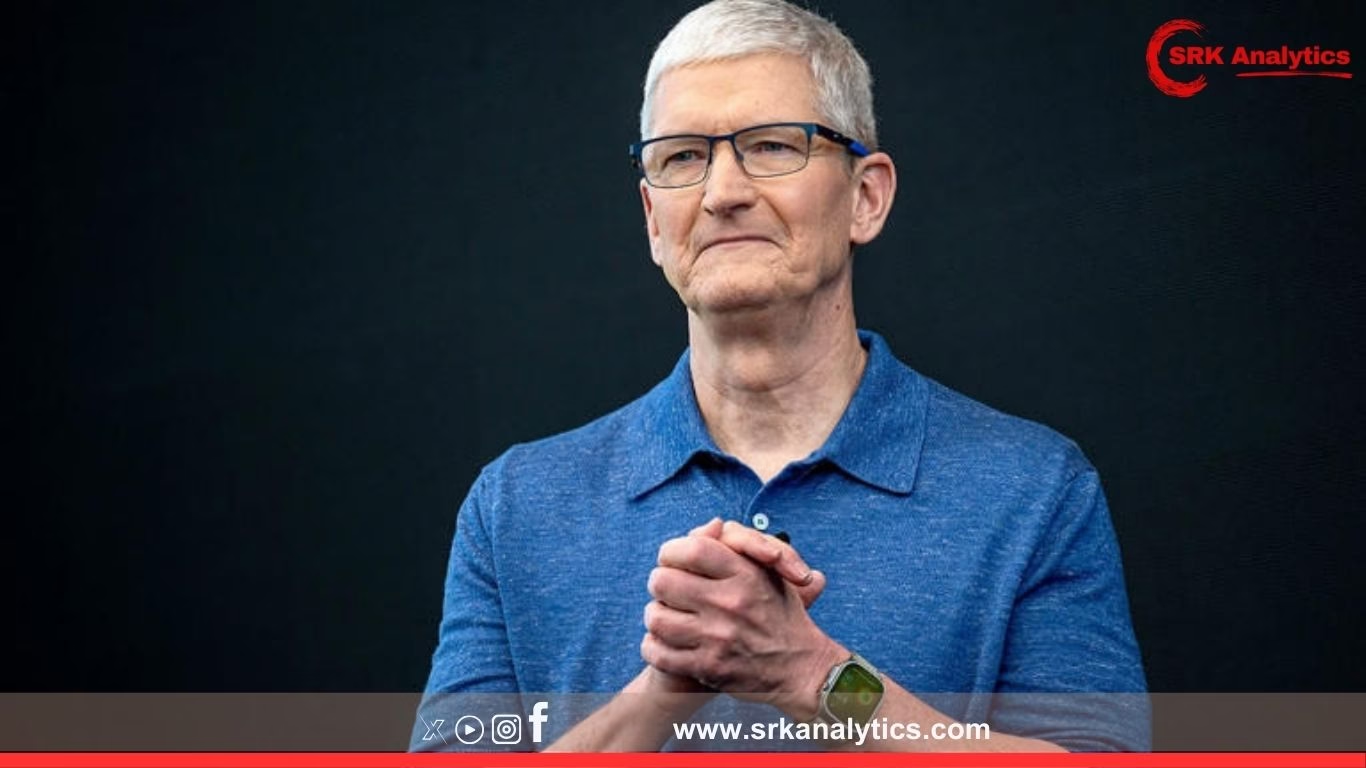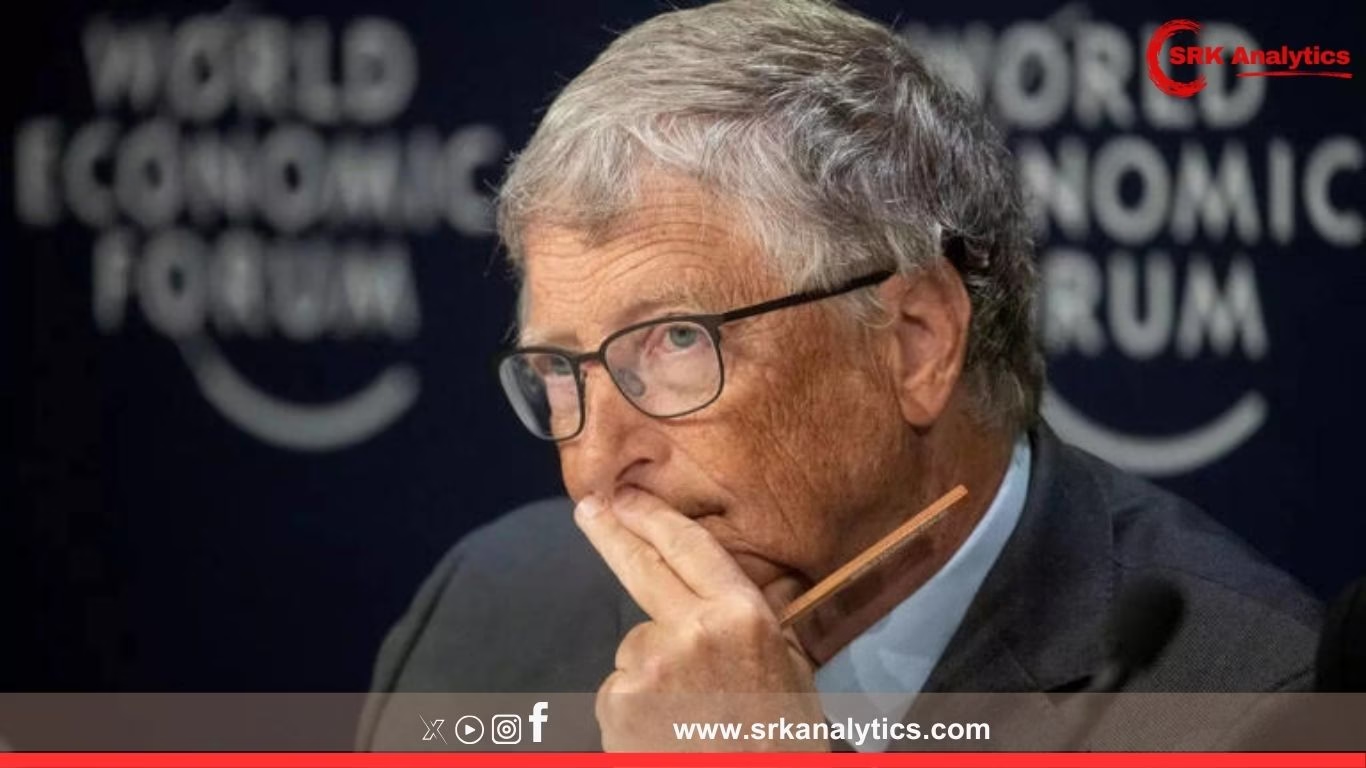In a stark admission highlighting the seismic shifts underway in the global semiconductor industry, Intel’s new CEO Lip-Bu Tan has acknowledged that the company is “no longer among the top 10 chip firms by market capitalisation or technological leadership.” The statement, made during an internal town hall this week, has triggered fresh introspection among employees, analysts, and investors about Intel’s position as it navigates the AI revolution, advanced foundry battles, and manufacturing competitiveness.
Lip-Bu Tan: The New CEO’s Blunt Reality Check
Lip-Bu Tan, former Cadence Design Systems CEO and renowned venture capitalist, took over as Intel’s CEO this quarter after Pat Gelsinger stepped down amid strategic execution challenges. Known for his decisive leadership and direct communication, Tan reportedly told employees:
“We must accept where we stand today. We are not in the top 10 semiconductor companies globally in market cap or innovation metrics. But we will use this reality as fuel to transform Intel back into a leader.”
His comment underscores the rapid decline in Intel’s market standing, once considered the unchallenged leader in global semiconductors.
Intel’s Market Capitalisation Vs Peers
| Company | Market Cap (USD Billion) | Primary Strengths |
|---|---|---|
| Nvidia | 3,260 | AI GPUs, data centre chips |
| TSMC | 690 | Leading-edge foundry manufacturing |
| Broadcom | 590 | Networking, AI accelerators |
| Samsung Electronics | 500 | Memory, logic chips |
| AMD | 310 | Data centre CPUs, GPUs |
| Qualcomm | 210 | Mobile, automotive semis |
| ASML | 400 | EUV lithography equipment |
| Texas Instruments | 180 | Analog, embedded processors |
| Micron | 130 | Memory |
| SK Hynix | 120 | Memory |
| Intel | ~110 | CPUs, foundry (under transition) |
Intel’s market cap has steadily eroded due to:
- Delays in advanced node transitions (7nm, 5nm).
- Loss of CPU market share to AMD and Arm-based competitors.
- Lagging entry into AI-specific accelerators compared to Nvidia and Broadcom.
- Slow ramp-up of its foundry business despite massive investments.
Why Intel Fell Behind: Key Factors
- Manufacturing Execution Issues: Intel’s delayed shift from 10nm to 7nm to 5nm nodes over the past decade enabled TSMC and Samsung to take significant technological leads.
- AI Hardware Lag: Nvidia dominates AI training and inference markets with its CUDA ecosystem and specialised GPUs, while Intel’s Gaudi and Habana Labs remain nascent.
- Shift To Fabless Model Globally: Most high-growth chip companies are fabless, relying on TSMC, while Intel is still building its foundry strategy alongside in-house CPUs.
- Mobile Market Exit: Intel’s exit from smartphone modems limited diversification compared to Qualcomm.
- Leadership Turnover: Frequent CEO transitions and strategy resets over the last decade impacted execution focus.
CEO Lip-Bu Tan’s Strategic Revival Plan
Industry sources suggest that Tan is formulating a three-pronged strategy to revive Intel’s global standing:
- AI First Transformation: Pivoting R&D and capital allocation towards AI accelerators, data centre inference chips, and edge AI solutions.
- Foundry 2.0 Execution: Prioritising timely ramp-up of Intel Foundry Services (IFS) to attract major clients like Qualcomm, Amazon, and future AI chip startups.
- Operational Discipline: Streamlining business units, reducing overheads, and reallocating capital from legacy businesses towards growth verticals.
Recent Financial Performance
| Metric | Q2 FY24 | Q2 FY23 | YoY Change |
|---|---|---|---|
| Revenue | $12.9 billion | $12.7 billion | +1.5% |
| Net Income | $1.4 billion | $1.7 billion | -17.6% |
| Gross Margin | 37.5% | 42.3% | -480 bps |
While revenue stabilised after steep declines in 2022-23, profitability remains under pressure due to high R&D costs, factory retooling expenses, and intense competition in data centres.
Industry Reactions To CEO’s Statement
Stacy Rasgon, Bernstein Analyst:
“Tan’s admission is refreshing. Intel needs brutally honest leadership to reset its ambitions. It’s no longer about incremental gains – they require a disruptive leap to remain relevant in the AI-dominated chip landscape.”
Patrick Moorhead, Moor Insights & Strategy:
“Intel still has great engineers, patents, and scale. But without quick wins in AI or foundry execution, regaining top-tier status will remain aspirational.”
Intel’s Recent Strategic Moves
- Announced $100 billion in global foundry investments (US, Europe, Israel) to compete with TSMC and Samsung.
- Launched Gaudi 3 AI accelerator to challenge Nvidia’s H100, though ecosystem maturity remains limited.
- Partnered with Arm to manufacture Arm-based designs in Intel Foundry Services fabs, expanding customer base.
- Strengthened design software tools with Synopsys and Cadence collaborations for advanced node adoption.
Top 10 Semiconductor Firms (2025) By Market Capitalisation
| Rank | Company | Market Cap (USD Billion) | Key Focus |
|---|---|---|---|
| 1 | Nvidia | 3,260 | AI GPUs, data centre |
| 2 | TSMC | 690 | Foundry |
| 3 | Broadcom | 590 | Networking, AI accelerators |
| 4 | Samsung Electronics | 500 | Memory, logic |
| 5 | ASML | 400 | Lithography equipment |
| 6 | AMD | 310 | CPUs, GPUs |
| 7 | Qualcomm | 210 | Mobile chips |
| 8 | Texas Instruments | 180 | Analog |
| 9 | Micron | 130 | Memory |
| 10 | SK Hynix | 120 | Memory |
Intel’s current ~$110 billion market cap keeps it outside the top 10 semiconductor companies globally, a stark reversal from its dominance two decades ago.
Analyst Outlook: Can Intel Reclaim Leadership?
While challenges are steep, analysts note that:
- Success in IFS could transform Intel into a neutral foundry for US and European customers seeking supply chain security beyond TSMC.
- AI chip breakthroughs could revive its data centre leadership if ecosystem partnerships accelerate.
- Lip-Bu Tan’s venture capital mindset and global semiconductor connections may unlock strategic alliances and acquisitions.
However, execution risks remain high due to:
- Massive capital expenditure requirements
- Technological catch-up timelines with TSMC and Nvidia
- Loss of market confidence from delays in previous strategic shifts
Conclusion
Intel’s new CEO Lip-Bu Tan’s candid admission of falling out of the top 10 chip firms globally signals both a wake-up call and a reset opportunity. As the semiconductor landscape transforms around AI, advanced foundries, and integrated design-manufacturing models, Intel’s next five years will determine whether it reclaims its historical leadership or remains a legacy player in a rapidly evolving digital era.
Disclaimer: This news content is based on public statements, company data, and analyst insights. It does not constitute investment advice or a recommendation to buy, sell, or hold any securities. Readers are advised to consult certified financial professionals or investment advisors before making any financial decisions.
